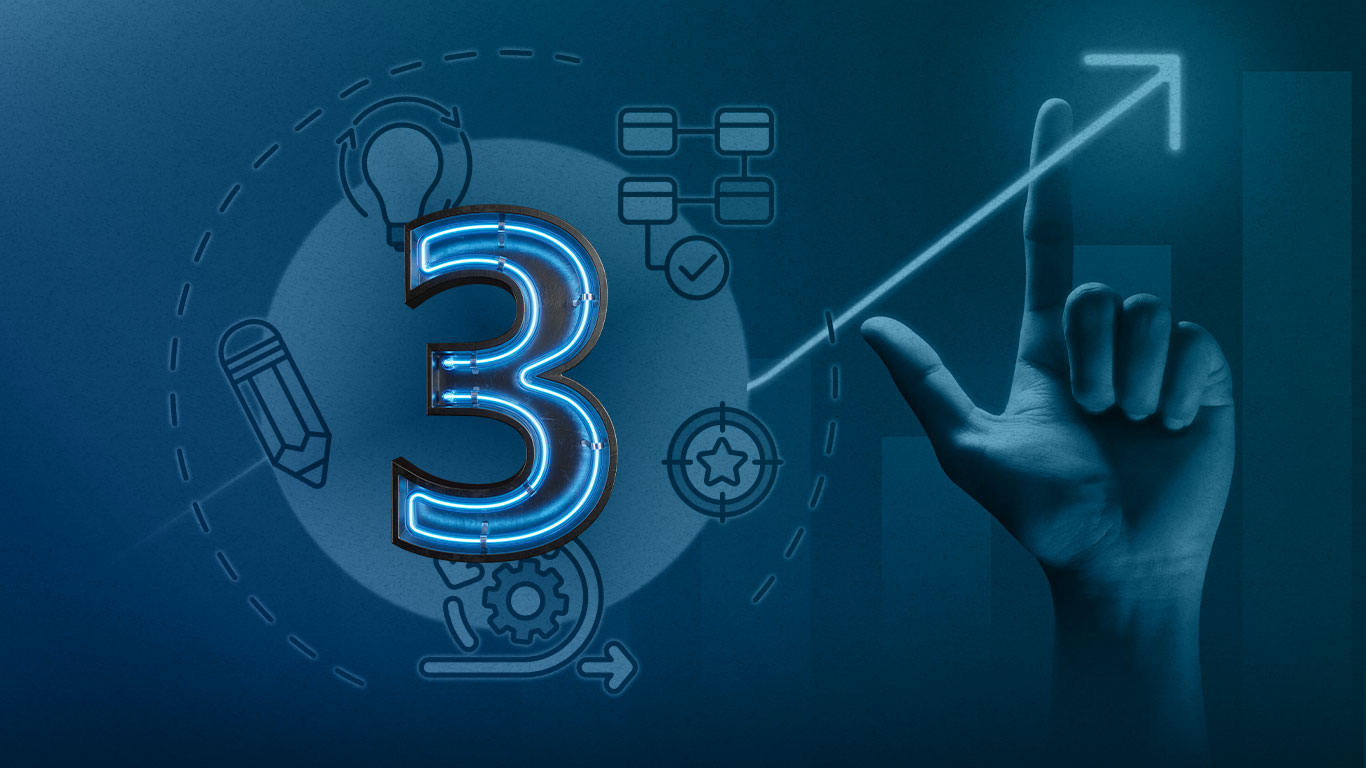

PhD Holder and result-oriented Director with 25 years experience with involvement in all levels of Business Strategy, Sales and Marketing, Managing Project and Product Development. Aside of managing a company, he is also the best corporate trainer and public speaker in seminar and conference.
Powerful Trio for Better Product Development: Lean Startup, Design Thinking, and Agile
Projects can be managed and executed in a flexible and adaptive manner using Agile; Lean Startup methodology for quickly validating and iterating on potential solutions through testing and feedback; and Design Thinking process for empathizing with users and defining problems.
What are Design Thinking, Lean Startup, and Agile anyway?
Design Thinking, Lean Startup, and Agile
1. Design Thinking
Design thinking is a non-linear, iterative process to understand users, test hypotheses, redefine problems, and generate innovative solutions. Cited from Brown (2009), design thinking can be described as a discipline that uses the designer’s sensibility and methods to match people’s needs with what is technologically feasible and what a viable business strategy can convert into customer value and market opportunity. There are six stages of design thinking that you should know so you can think like a designer!
-
Empathize
This stage aims to obtain a deep understanding of your users’ needs. Try to observe a lot, immerse yourself in their environment, and consult to experts if needed so that you will get a lot of useful information that will guide you in the next stage.
-
Define
In this define stage, you will process and remove the irrelevant aspects of information that you gathered in the first stage. Next, process the information, start making connections, analyze them, and define the core problems and needs.
-
Ideate
The ideate stage requires you to find solutions for the problems and needs that you obtain from the define stage. This stage represents the transition from problem identification to solution creation.
-
Prototype
This prototype stage is about experimentation and turning ideas into actual products or solutions. This step is critical for putting each solution to the test and identifying any constraints or flaws.
-
Test
In this test stage, you ask your users to provide feedback on the prototypes (solutions) you've created, but it's also an opportunity to learn more about your users. The results obtained are frequently used to redefine problems and prototypes.
-
Implement
This is the stage at which your solution becomes a reality and is launched and tested on the users. While the design may be fantastic, it may not have met the needs of the user in the way you expected.
2. Lean Startup
Lean Startup is a methodology that uses an unconventional, cyclical approach to develop products and test the viability of business models. Lean Startup has five key principles which are as follows.
-
Entrepreneurs are Everywhere
That implies that you can create a startup from anyplace. The only way to do it successfully is to think large, start small, then scale up quickly!
-
Entrepreneurship is Management
A startup requires management, a new sort of administration that is uniquely tailored to its setting because it is an institution, not just a product.
-
Validated Learning
Startups exist to gain knowledge about developing a long-lasting company. By doing experiments allo, itw us to put each component of our vision to the test
-
Build, Measure, Learn
We must concentrate on the boring details, such as how to set up milestones, prioritize tasks, and assess progress, in order to improve.
-
Innovative Accounting
The core function of a startup is to translate concepts into products, gauge consumer reaction, and determine whether to pivot or go on. All effective beginning procedures ought to be designed to shorten that feedback loop.
3. Agile
Agile is an iterative approach that helps teams deliver value to their customers faster in increments. Agile is best suited for iterative and incremental projects. It’s a process where demands and solutions develop through cooperative work between self-organizing, cross-functional teams and their customers. It was initially developed for software development as a response to the shortcomings of the Waterfall method, whose processes did not meet the demands of the fiercely competitive and ever-changing era.
Product Development Process with Design Thinking, Lean Startup, and Agile
-
Empathize
This design thinking technique is used to conduct user research and understand what customers want and also their pain points.
-
Define the Problem
Information obtained from the previous step is used to define problems and identify issues and chances to be addressed.
-
Ideate
This design thinking technique is used to create potential solutions
-
Lean Startup Validation
This method is used to quickly validate the ideas/solutions through testing and feedback from customers
-
Agile Planning
Use Agile method to plan and execute the project which focuses on flexibility and fast iteration
-
Prototype and Test
Feedback from the Lean Startup Validation step is used to develop a prototype of the best solution and test it again with customers
-
Iterate
Feedback from the previous step is used to improve and refine the solution
-
Implement
Use Agile method to manage and execute the project
-
Continuous Feedback
Continuously collect feedback from users and stakeholders to validate assumptions and identify areas for improvement
-
Measure and Optimize
Measure the solution's performance and use the information gained to make improvements
Combining the powerful trio enables a continuous feedback loop where the team can test the hypotheses and pivot or continue as necessary. As a result, products might be developed more quickly and effectively, better meeting the customers needs.
Reference:
Brown, T. (2009). Change by Design: How Design Thinking Transforms Organizations and Inspires Innovation Introduction.
G. (2021). 6 Stages in the Design Thinking Process. Talent Garden. https://talentgarden.org/en/design/6-stages-in-the-design-thinking-process/
Kidd, C. & Johnson, J. (2000). Design Thinking, Lean Startup, and Agile: What’s The Difference? BMC Blogs. https://www.bmc.com/blogs/design-thinking-vs-lean-vs-agile/
The Lean Startup | Methodology. (n.d.). https://theleanstartup.com/principles